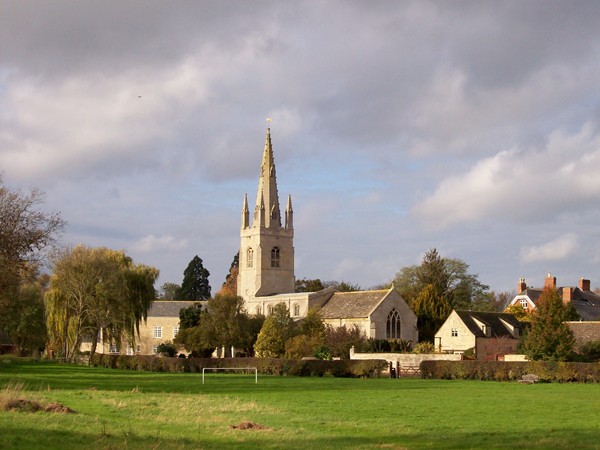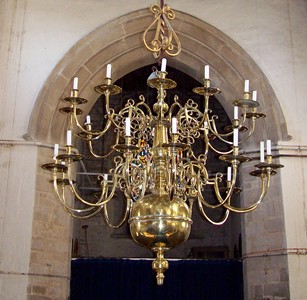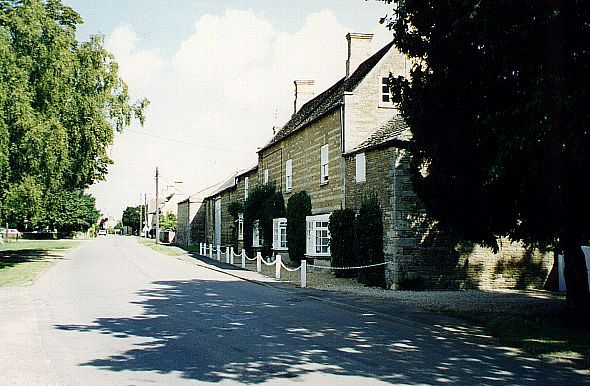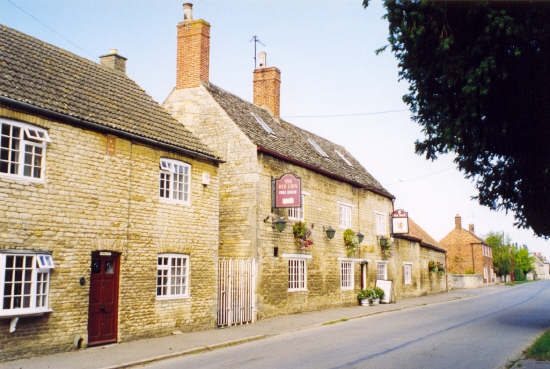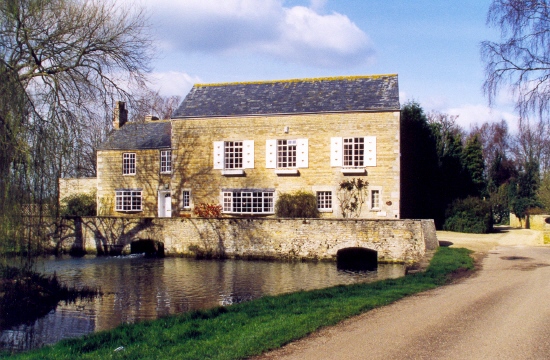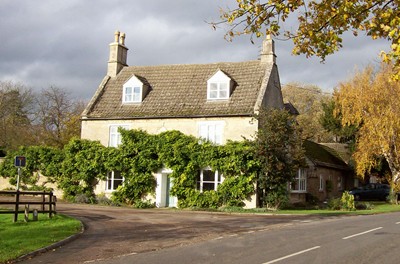|
West Deeping
There has been a settlement at West Deeping
since prehistoric times and the present village is one of the most
secluded yet picturesque in the area. It is the smallest of the three
Deepings on the southern edge of Lincolnshire, lying in a crook of the
River Welland and set back from the high road linking its neighbours. The
best view of St Andrew’s Church is across the meadows from the one-arch
stone bridge over the river while the mellow stone houses of the village
line nearly half a mile of the old Roman road known as King Street which
crosses the river here on its straight and narrow way northward to Bourne. The Domesday Book, the great land survey ordered by William the Conqueror in 1086, records that there were four water corn mills at West Deeping but this probably included the mills at nearby Lolham and Maxey. The water mill that remains stands beside the church, beautifully restored as a family home and a surprise around the bend as you approach the porch. The church is mainly 14th and 15th century and the present tower and spire were probably built around 1370 while the clerestory was added towards the close of the 15th century and the aisles rebuilt. The outstanding feature of the centre aisle is a magnificent large brass chandelier of twenty-four lights bearing the inscription:
The village public house is the Red Lion Inn, built
in 1795, which now attracts a far wider clientele than the farm workers of
yesteryear and, like similar hostelries in surrounding villages, vies for
the restaurant trade from those wishing to eat out. Water mills could never have survived in the fens because of their slow moving rivers and absence of fall but there were many around the edge of this flat expanse of land, particularly adjacent to the great corn growing regions such as Lincolnshire. Some were sited on the main rivers and their tributaries and others on small streams that have virtually dried up today. Along the western edges of the fens there are several surviving mills on the main rivers although none of them is today using water power to grind corn and many have been converted for other uses, often residential.
A perfect example of such preservation can be found at West Deeping where the old water-mill on the River Welland has been beautifully converted for use as a private house. It was built in the early 19th century although there was a water-mill on this site for many centuries before that and at one time West Deeping boasted a total of four water-mills.
See also Lolham
Go to: Main Index Villages Index |
